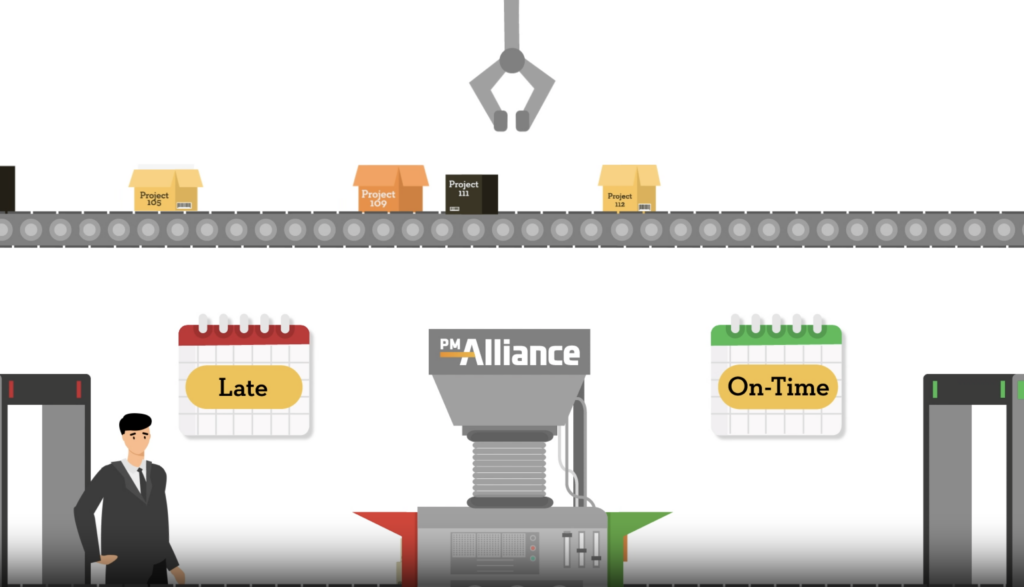Complex projects often have more than one critical path, and in order for the project to reach a successful completion, each of these paths must be carefully managed. Even if the primary path is achieved, a lack of progress on any of the follow-on paths could doom the project to failure in the long run.
Teams that execute these challenging projects need to be mindful of what it takes to manage multiple layers of requirements and actions. A strong awareness of all the paths that make up a project is critical if the Project Team wants to ensure that nothing falls behind schedule or drops off the radar.
If your center of excellence is facing a can’t-fail project with multiple paths, it’s important to understand the risks that exists and where opportunities for success can be found.
The risks behind multiple critical paths
One risk often encountered when executing projects with more than one critical path is the potential for tasks outside the primary path to be neglected. It’s easy for the project team and executives to be so focused on the primary critical path that other important issues outside of that narrow scope go unnoticed. Without a course correction, this fixation can cause the additional paths to become critical as well. Milestones might be missed or, as schedule adjustments are made to reflect the project’s progress against the target completion date, activities outside the primary critical path may not be properly re-sequenced.
If activities in one path begin to slip, it will eventually trigger problems for the team and could cause considerable grief to the project. The organization may need to spend more time or money to get progress back on track than was originally estimated. Not only could the project’s completion date be in jeopardy as a result, but the Project Team may also go over budget trying to set things right.
The other common risk arises when any of the secondary or tertiary paths overtakes the primary critical path in importance. Occurring most often as a result of failing to adequately attend to follow-on paths, one of these lower-priority paths could suddenly become the most important path when the team realizes they’re dangerously behind schedule or not prepared to execute activities as needed. The primary critical path is then at risk of also falling behind.
Tips to successfully manage multiple critical paths
Driving these complex efforts to a successful completion requires a cohesive methodology that delivers the necessary insight, while also providing the tools to act quickly and effectively.
Robust project controls are a vital component when managing multiple critical paths. The right project management methodology will enable the team to identify problem areas early. With insight into the project’s progress and a knowledge of potential challenges lurking on the horizon, the Project Team will be able to maintain sufficient awareness of not only the primary critical path, but also all everything that follows behind it.
Communication is another key to sustaining the right level of connection across all of the important paths that are part of the project. Information sharing should be a focus as the Project Team works to balance the needs of the critical path alongside those of the secondary and tertiary paths. Data must flow from the project team up to the executives to ensure everyone is aware of progress and issues. It will also need to be channeled from the leadership group down to the center of excellence. This may be in the form of strategic direction that influences project decisions or activity scheduling, or input to help resolve problems so the project can move forward.


